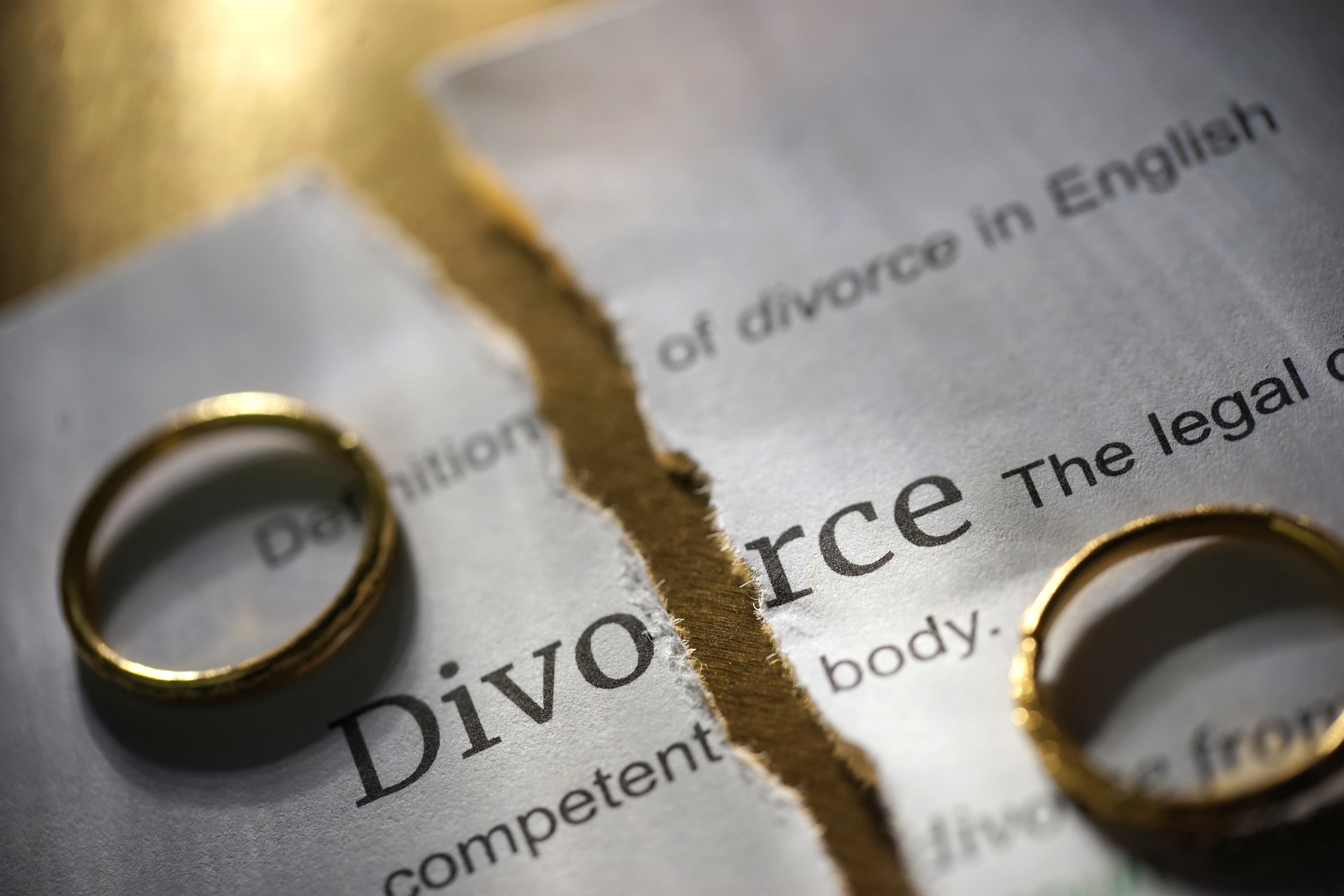If you are planning to propose to your girlfriend, chances are good that you have been studying up on the intricacies of clarity, cut and colour. A diamond ring for your betrothed is now considered standard, and my own straw poll conducted with friends and colleagues revealed that most women are expecting at least one carat, if not more. That’s to say nothing of the diamonds that are now encircling most bands these days. The result is that an engagement ring can be a very sizeable expenditure incurred at the outset of your commitment to one another. But what happens when the relationship doesn’t last, or the marriage ends in divorce? How is the value of the ring divided?
Every case needs to be assessed based on its own facts with the advice of a lawyer, but in general, an engagement ring is considered a gift that is conditional upon marriage. If the marriage does not take place, the engagement ring should be returned unless otherwise agreed or the donor makes it clear that the recipient may keep the ring. The end of an engagement can be a very sad time, but refrain from saying something you may regret, such as “keep the ring”! If your ex-fiance offers to return the ring, accept her offer and you can always change your mind later (although once the initial shock and heartbreak wear off, I’m betting that you can think of a few better things on which to spend that money).
If the marriage does take place, and the engagement ring later comes up as an issue in the property division upon divorce, then the first thing to consider is the applicable property division rules in the province in which you reside. Property division rules differ in each province so it is important to obtain legal advice with respect to your individual situation.
Generally, engagement rings given before cohabitation are considered separate or excluded property of the wife, regardless of what province you are in. If you give an engagement ring after you have started to live together, then the outcome can depend on the jurisdiction in which you reside. In Ontario and Alberta for example, a ring given after the start of cohabitation but before the date of the marriage is excluded from divisible family property and therefore the recipient gets to keep the engagement ring without accounting for it upon marriage breakdown. In British Columbia, however, engagement rings given once cohabitation has already started may be included in the division of property.
Since the property division regime in British Columbia changed substantially in 2013 with the pronouncement of the Family Law Act, S.B.C. c. 25 (the former Family Relations Act had different rules for dividing property), we only have a limited selection of reported cases to provide guidance with respect to how to interpret the new property rules in BC. The starting point is that the BC Family Law Act sets out that a gift to a spouse by a third party is excluded from division. It does not specify what is to happen to gifts between spouses, and by implication, one could argue that a gift from one spouse to the other is included in the division of family property.
For engagement rings given after the start of cohabitation, there have been divergent approaches taken by the courts in British Columbia. In Dheenshaw v. Gill, 2017 BCSC 319, the court found that jewelry (in this case not an engagement ring but I would argue it still applies) that was given to the wife during the marriage was intended “for the personal adornment of the recipient” and was therefore excluded from the divisible family property. The court took a different approach in Yousefian v. Jafarmadar, 2018 BCSC 855, finding instead that where jewelry was acquired during the relationship, it was family property subject to division. In my view, the latter case is more persuasive but the decision in Dheenshaw was not appealed.
To add further complexity to the issue, if the value of the ring is very high, in BC you could possibly seek a division of an otherwise excluded engagement ring on the basis that it would be significantly unfair to leave it undivided. The chance of that argument succeeding would depend very much on the facts of the individual case.
The bottom line is that the law is not black and white as it relates to engagement rings, and whether you will be entitled to its return upon relationship breakdown will depend on the facts of your case. Would-be fiances should think carefully before spending three month’s salary on a diamond because there is a chance that if the relationship breaks down your ex will get to keep the ring without having to account for it. And that would be a heartbreak in and of itself.
—
Virginia Richards is a family lawyer practicing at Henderson Heinrichs LLP in Vancouver, British Columbia. She has been advising and representing clients at all levels of courts in British Columbia since 2010.
Nothing in this post constitutes legal advice and is for general informational purposes only and may not reflect the law in your jurisdiction. No information contained in this post should be construed as legal advice from Pursuit or the individual author, nor it is it intended to be a substitute for legal counsel on any subject matter. No reader of this post should act or refrain from acting on the basis of any information included in, or accessible through, this post without seeking the appropriate legal or other professional advice on the particular facts and circumstances at issue from a lawyer in their own jurisdiction.


